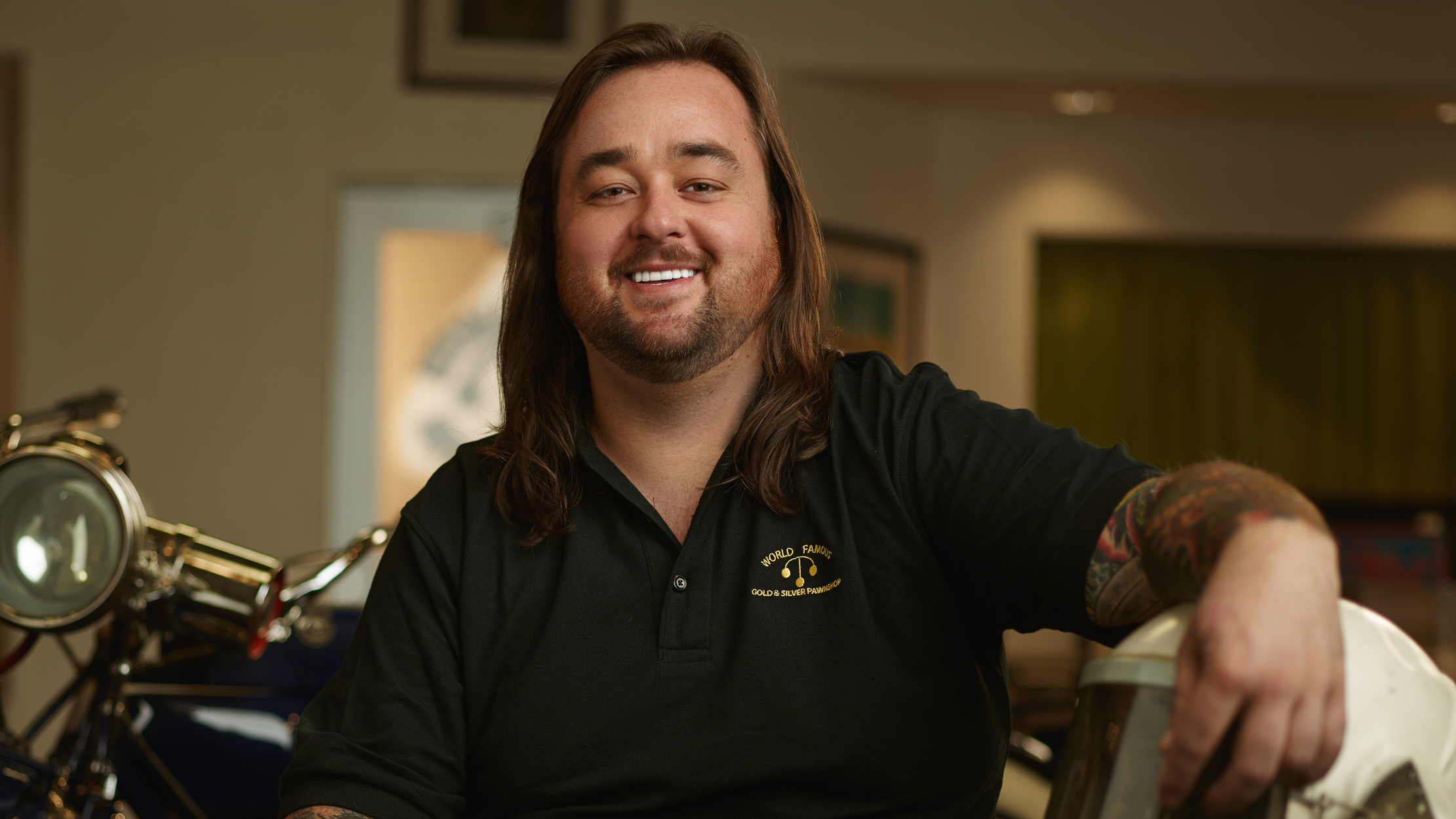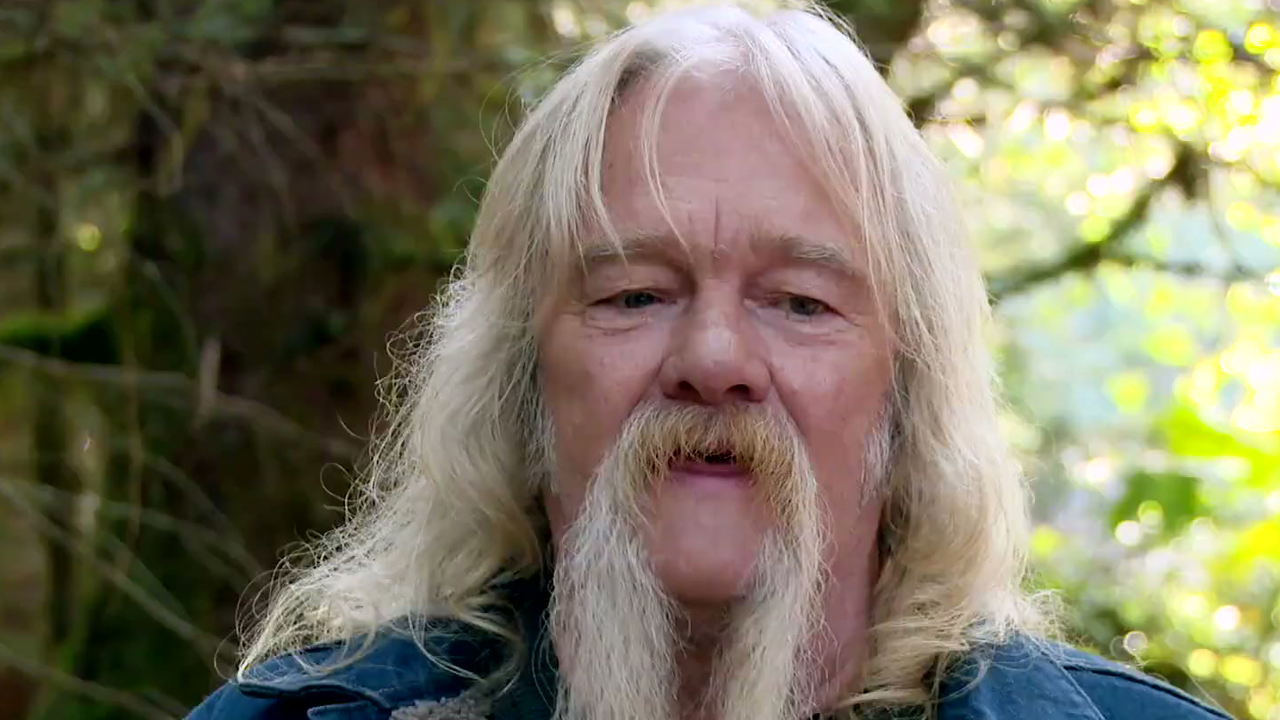Sam Raimi’s Spider-Man 2 just turned 20, and it’s still one of the most beloved superhero movies of all time. Yet a very different version of Spider-Man 2 nearly swung into theaters back in 2004 — different but almost certainly not better.
Related: Why Ultimate Spider-Man Works So Well
As some Marvel fans already know, Spider-Man 2 went through a bunch of screenwriters. Smallville creators Alfred Gough and Miles Millar took a stab at it. So did Jurassic Park‘s David Koepp and Star Trek: Picard‘s Michael Chabon. Finally, Unfaithful co-writer Alvin Sargent came aboard to bring together Raimi’s favorite bits from the earlier drafts into a single script. Marvel and Sony gave Sargent’s “greatest-hits” screenplay the green light, and the rest is history.
But what if things had panned out differently and Raimi had worked from one of Spider-Man 2’s earlier screenplays instead? Let’s just say, one of the greatest sequels of all time would’ve been a lot less great.
Spider-Man 2 Nearly Shoehorned In Gwen Stacy’s Death

That doesn’t mean the scrapped Spider-Man 2 scripts were necessarily bad. On the contrary, some of them (particularly Koepp’s drafts) are pretty good. But across the board, they’re too busy. Too many new characters and subplots enter the mix, even for a sequel. Gough and Millar wanted three (yes, three) antagonists: Doctor Octopus, the Lizard, and Black Cat. Koepp introduced a second love interest, Gwen Stacy, for Peter Parker and initially planned on killing her off in the same movie! Imagine sitting through that emotional jerk-around. Gwen wouldn’t be the only one with whiplash.
Eventually, Koepp scaled things back and (following the comics’ lead) bumped off Gwen’s dad, Captain George Stacy, instead. The result was a more manageable “middle-film love triangle” between Peter, Gwen, and Mary-Jane Watson; however, Koepp found other ways to complicate proceedings. Stuff like Doc Ock’s ties to Peter’s parents (spoilers: he murdered them), Harry nearly getting married, and the New York City public mistaking Spidey for a cop killer.
Again, it’s mostly good stuff (the Parker parents revelation notwithstanding) — it’s just too much. Indeed, there’s barely any room for the kind of showstopping set pieces that Spider-Man 2 ultimately delivered.
Related: All Spider-Man Games Ranked Worst to Best
A Younger, Dreamier Doc Ock Would’ve Dated Mary-Jane Watson

What about Chabon’s contributions, you ask? His take on Spider-Man 2‘s screenplay was arguably less cluttered than those of his predecessors. It didn’t skimp on blockbuster spectacle, either (Spider-Man 2‘s legendary train fight first appears in one of Chabon’s drafts). However, where Chabon’s vision for a Spider-Man sequel falls down is in its depiction of Doc Ock.
As conceived by Chabon, Otto Octavius is around Peter Parker’s age — and a bit of a catch (on paper, at least). He’s smart, handsome, and successful, and when he asks Mary Jane out on a date, she says yes. Inevitably, Ock’s true, sinister nature comes to the fore and MJ dumps him midway through their first date. Otto’s arms also aren’t fused to his body until late in the game; for a decent chunk of script pages, he’s wearing them to feed his worsening endorphin-hit addiction.
Related: How Fast Can Spider-Man Run?
This all represents a major break from Doc Ock’s characterization in the comics. So does another of Chabon’s Spider-Man 2 reveals: Otto helped create the spider that gave Peter his powers. He’s directly responsible for Spider-Man’s origin, something no iteration of the comic book canon — not even 1998’s Spider-Man: Chapter One or 2000’s Ultimate Spider-Man — supports. That’s not automatically a bad thing. After all, Raimi and Sargent overhauled Doc Ock considerably in the final Spider-Man 2 screenplay. He’s a more tragic figure, as well as a quasi-mentor for Peter. But those changes worked; these don’t.
For starters, weaving Doc Ock into Spider-Man’s origin story is a Screenwriting 101 move. Yes, it explains Peter’s temporary power loss better than in the finished film (where it’s not really explained at all). But it’s too neat and shrinks the universe, like everyone knowing everyone else in Star Wars. More importantly, making Spidey and Otto the same age makes their dynamic less interesting. In live-action, just as on the page, seeing the youthful wall-crawler getting under the grumpy older supervillain’s skin is a hoot. Plus, we already have Harry waiting in the wings to be a hunky, 20-something baddie in Spider-Man 3. Why spoil that by doing the exact same thing with Ock first?
All Five Screenwriters Deserve Credit for Spider-Man 2’s Enduring Appeal

At any rate, none of the above happened. That doesn’t mean Gough, Millar, Koepp, and Chabon don’t still deserve some credit for Spider-Man 2‘s enduring appeal, though. As I noted above, plenty of material from their respective scripts wound up on the big screen (often verbatim). Nor is the goal to downplay Sargent’s contribution. The two-time Oscar winner did more than just copy and paste. Like the webslinger himself, Sargent saved the day by weaving a web. Only this was a web of ideas, and it needed precisely the right arrangement of threads to form a cohesive whole.
Indeed, this much is true 20 years on: Sam Raimi couldn’t have realized Spider-Man 2 without all five of its screenwriters — and it would’ve been a lot worse if he’d tried.
Spider-Man 2 is currently streaming on Disney, as part of the platform’s Marvel collection.






Published: Aug 18, 2024 01:00 pm